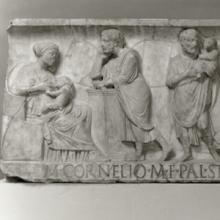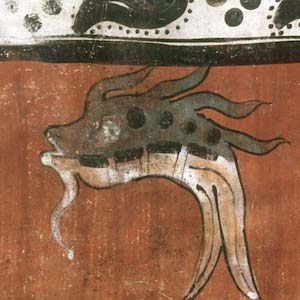Ancient (before 500 CE)

Electronic Text Corpus of Sumerian Literature
the collection is arguably made more valuable and useful by its focus on a limited cultural and historical context and by its presentation of texts that are less well known and more difficult to locate.
Vindolanda Tablets Online
This website offers a complete archive of the tablets including text images, transliterated texts, English translations, historical and archaeological background, and student exercises.Long Teaching Module: Children in Late Imperial China, 900-1930
An exploration of primary sources on childhood in late imperial China (framed broadly as the Song through Qing dynasties, ca. 960-1911 CE) offers a window into lived experience and the diverse ways in which childhood itself could be imagined and articulated.

Short Teaching Module: Roman Children’s Sarcophagi
I use images of two Roman marble sarcophagi for topics on children and childhood in undergraduate courses on ancient society, family, gender, representations, and historiography. The sarcophagi can be used to study one period of antiquity or to examine changing notions of childhood over time.

Sumerian School Days
This tablet, from ancient Sumeria (as early as 2000 B.C.E.), details a day in the life of a school boy.
The Student Stage of Life: Brahmacharya
According to Vedic philosophy, the life span of each person is divided into four stages, or ashrams. The word ashram means "shelter," referring to the protective nature of these phases against the turmoil of life.

A PreColumbian Portfolio: An Archive of Photographs
Each database record includes a caption, a brief (about 20-word) description, and information on the culture associated with the artifact, such as Maya, Olmec, or Zapotec.
Maya Vase Database: An Archive of Rollout Photographs
The vases include scenes of palace life, mythology, warfare, and animals.Legal and Political Status of the Infant
This Qin-dynasty legal text (c. 217 BCE), written on bamboo strips, was excavated in China in 1975. According to Qin law, men guilty of killing children born to them were punished by becoming wall builders; the equivalent punishment for women was servitude as grain pounders.
Biography of Empress Deng
This biography details the childhood of Empress Deng of the Later Han dynasty. Here she is noted for her precocious intelligence, beauty, and filial piety. She was named empress to Emperor He in 102 CE.